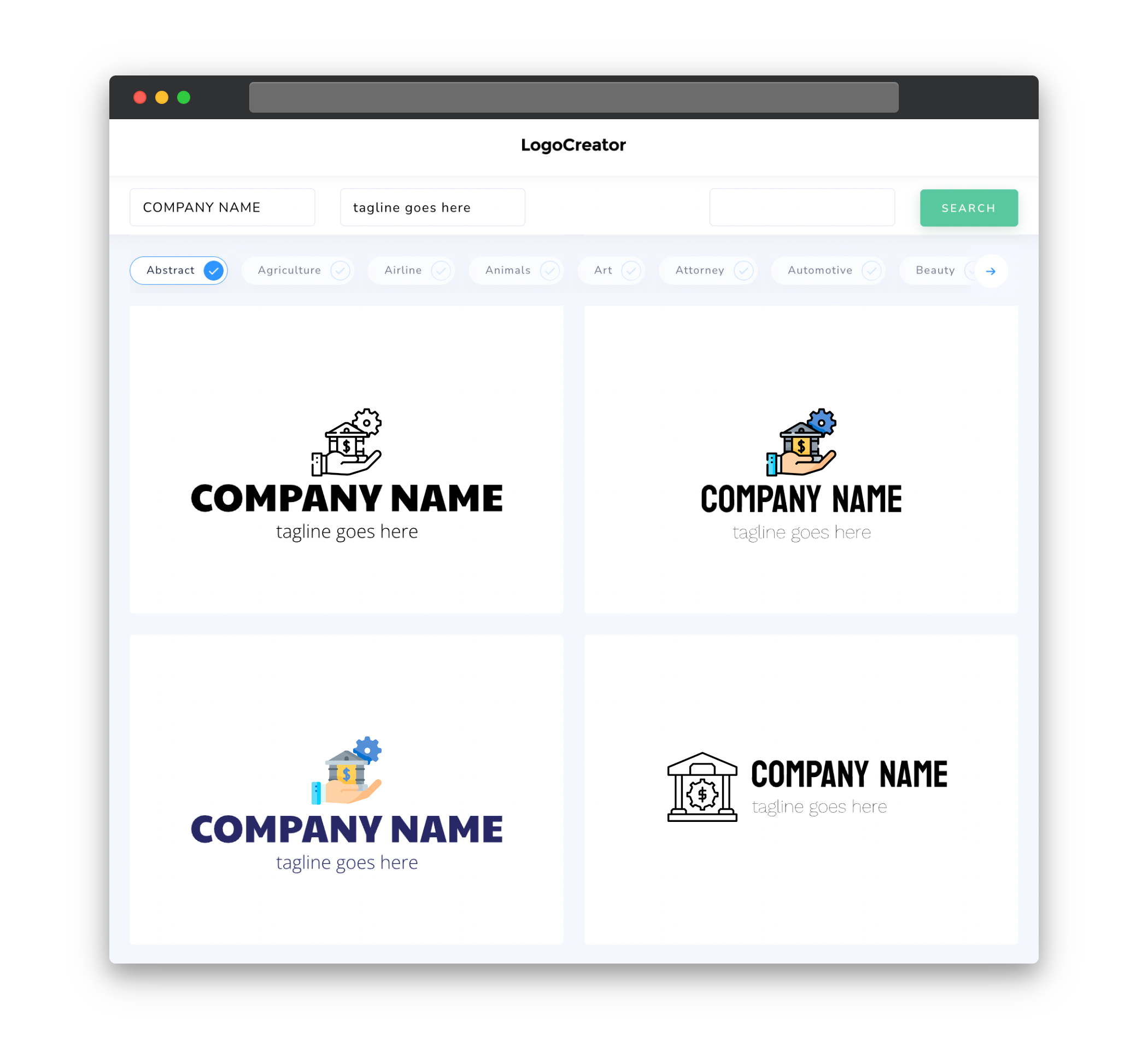Audience
When it comes to creating a monetary logo, it’s essential to consider your target audience. Who are you trying to reach with your logo design? Are you targeting financial institutions, startups, or perhaps entrepreneurs in the fintech industry? Understanding your audience’s preferences and expectations will help you craft a logo that resonates with them and communicates your brand values effectively.
For financial institutions like banks or investment firms, a monetary logo should convey trust, reliability, and professionalism. Using clean lines, bold typography, and iconic symbols associated with money such as dollar signs or coins can help establish a sense of credibility.
On the other hand, if you are targeting startups or entrepreneurs in the fintech industry, you may want to create a logo that reflects innovation, technology, and forward thinking. Incorporating dynamic shapes, vibrant colors, and modern typography can help convey a sense of innovation and attract a younger and more tech-savvy audience.
Icons
Icons play a crucial role in monetary logos as they serve as visual representations of the financial industry. The right icon can instantly convey the nature of your business and communicate your brand identity. When choosing icons for your monetary logo, consider symbols associated with money, such as currency symbols like dollar signs or pound signs, coins, or graph charts representing growth or stability.
It’s important to strike a balance between simplicity and symbolism. The icon should be easily recognizable and easy to reproduce in different sizes and mediums. Be mindful of using too many intricate details as they may lead to a cluttered logo that loses its impact. Opt for clean lines and minimalistic design elements that can withstand the test of time.
Color
Color selection plays a vital role in branding, and this is especially true for monetary logos. Different colors evoke certain emotions and convey specific meanings. When choosing colors for your monetary logo, consider the associations they have with the financial industry.
Traditionally, colors like blue and green are commonly used in monetary logos to symbolize trust, stability, and growth. Blue, in particular, is often associated with financial institutions due to its calming and trustworthy nature. On the other hand, green represents prosperity and financial success.
However, it’s also important to consider your target audience and their preferences. Depending on your brand’s identity and the industry you’re operating in, you may want to explore other color options that can set you apart from competitors while still maintaining a professional image.
Fonts
Choosing the right fonts for your monetary logo is essential in conveying your brand’s tone and personality. When it comes to monetary logos, you’ll want to opt for fonts that are clean, professional, and easy to read. Serif and sans-serif fonts are commonly used in financial logos due to their simplicity and readability.
Serif fonts, such as Times New Roman or Georgia, can add a touch of elegance and tradition to your logo. They are often associated with established and reputable financial institutions. On the other hand, sans-serif fonts like Arial or Helvetica can convey a sense of modernity, innovation, and simplicity.
Consistency is key when it comes to fonts. Stick to one or two fonts throughout your logo design to maintain a cohesive and professional look. Experiment with different weights and styles to create visual hierarchy and draw attention to certain parts of your logo.
Layout
The layout of your monetary logo plays a crucial role in its overall impact and effectiveness. A well-planned layout can help organize the different elements of your logo and ensure they work harmoniously together. When designing a monetary logo, keep these layout principles in mind:
- Simplicity: Avoid overcrowding your logo with too many elements. Aim for a clean and uncluttered design to ensure your logo remains visually appealing and easy to comprehend.
- Balance: Achieve visual balance by distributing the various elements of your logo evenly. Balance can be achieved through symmetrical or asymmetrical arrangements, ensuring that no single element overpowers the rest.
- Proportion: Pay attention to the relative sizes of different elements in your logo. Elements that carry more significance, such as your company name, should be more prominent to draw attention.
- White Space: Utilize white space effectively to create breathing room around elements of your logo. White space provides visual clarity and prevents your logo from appearing cramped.
- Scalability: Ensure that your logo retains its quality and legibility even when scaled down or enlarged. Test your logo design in different sizes and formats to ensure it maintains its impact across various platforms and mediums.
Usage
Once you’ve created a monetary logo, it’s important to consider its versatile usage across various platforms and mediums. Your monetary logo should be adaptable to different contexts, such as digital platforms, print materials, or even promotional merchandise.
Ensure that your logo works well in both color and black-and-white formats to cater to different printing or reproduction requirements. Aim for versatility by designing a logo that can be scaled up or down without losing its impact or legibility.
Consider the different applications of your logo, such as how it will appear on your website, business cards, letterheads, or social media profiles. Create variations of your logo that work in horizontal, vertical, or square formats, depending on the space available.
By designing a monetary logo that is versatile and adaptable, you can ensure consistent and effective branding across all touchpoints and deliver a cohesive brand experience to your audience.



